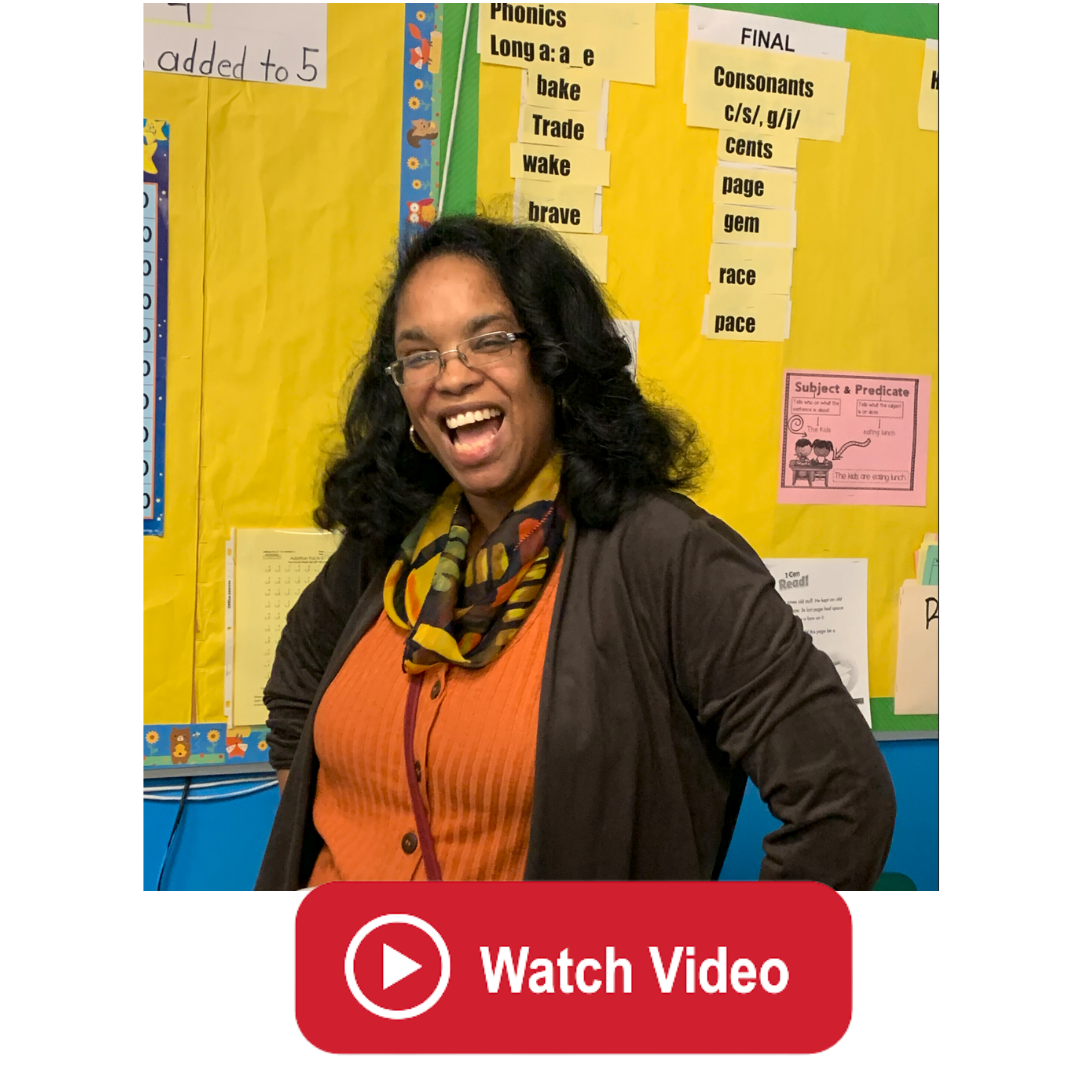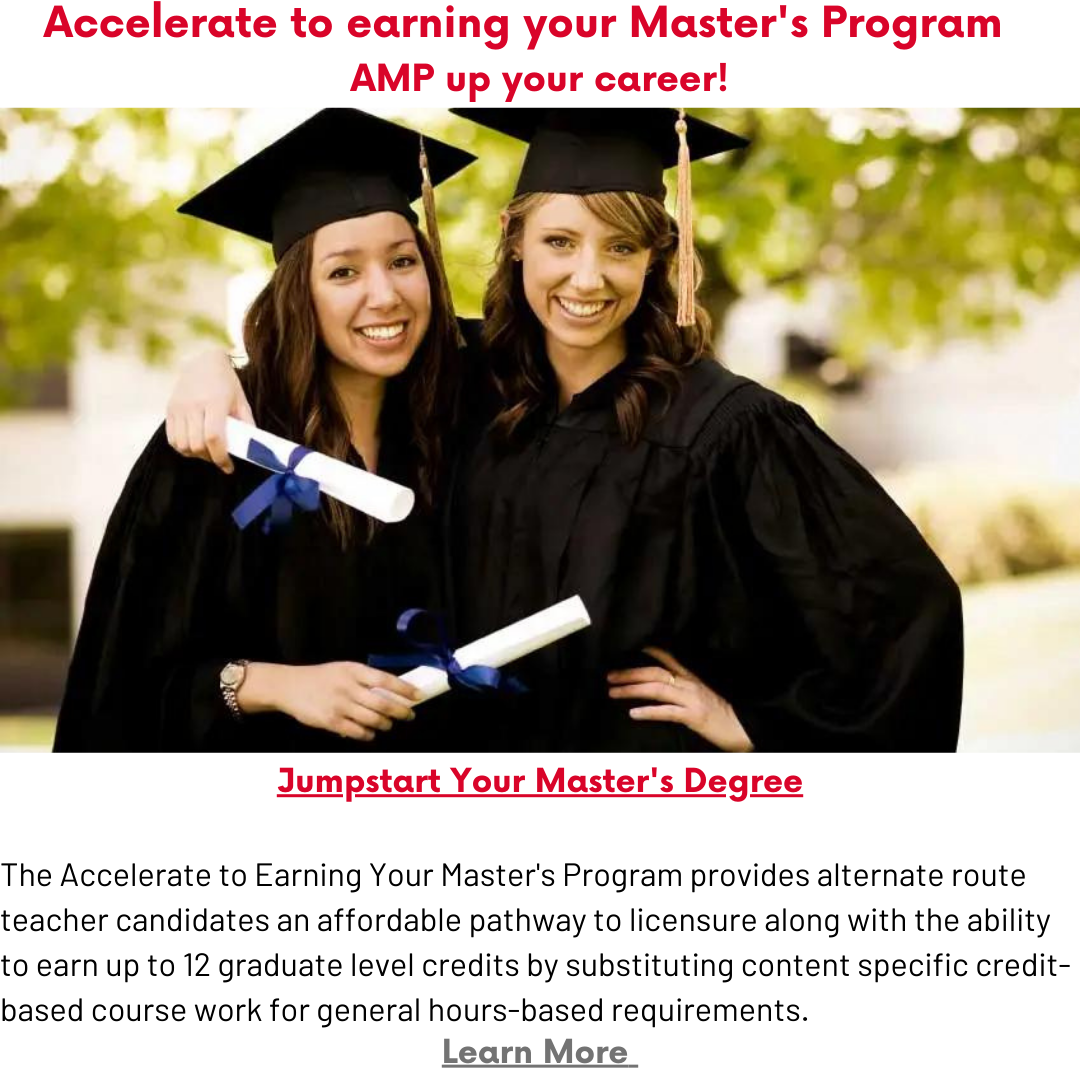14 Lesson Delivery Techniques Learned From Teaching Veterans
Alternate route candidates prepare themselves for the classroom environment by observing veteran teachers in their field. These teaching vets offer invaluable advice and model instructional strategies, giving these new teachers a headstart in developing their teaching technique. Following their classroom observations, pre-service candidates from the Rutgers Alternate Route program reflected on experienced teachers’ lesson delivery techniques and identified many strategies they might apply to their own teaching practice.
Here are some key takeaways from preservice teachers after observing the lesson delivery techniques of veteran teachers.
Creating a Student Centered Environment
These teachers learned the importance of listening to students in the classroom:
I learned that it’s important to connect with students and involve them in discussions. They enjoy having a voice and having an adult who cares about what they think. Listen to them.
Claire Belkot, 10th Grade English
I learned the importance of being [able] to gauge if the students are understanding the material and being able to change the lesson. Another thing was to be flexible in case the class is interrupted whether by a fire drill or another teacher and being able to refocus the class.
Jill Chumra, Social Studies
Differentiating Learning for your Students
These teachers learned new ways to pace and differentiate lessons to match student understanding:
I learned the value of varying the type of activities used such as implementing games or group work. I also observed how to deal with students working at various speeds, which I will most definitely experience myself.
Joseph Gregory, 8th Grade English
I learned that it seems very difficult for a math teacher to track the level of understanding of his students. While there was a high level of participation from some students, there were several who seemed a bit lost. I also learned that it seems that one of the most important parts of teaching is showing confidence. It's something that I had heard before, but this teacher seemed very confident in his abilities.
Max Scheiner, Geometry & Algebra 1
Observations at my host school were enlightening in illustrating how important instruction and assessment are in the context of a large classroom with vast difference in learners needs. A teacher must not only master content and plan a thought-out lesson but know students individually and predict difficulties. Teachers must also be adaptive in classroom management. Particularly in the charter, routine and procedure guide focus on the lessons.
Colin R. Willard, 9th Grade Biology
One thing I learned is that all students learn and work at a different pace. It is okay to allow certain students extra time to complete certain assignments, not all students should be expected to work at the same pace.
Christina Randazzo, K-2 Special Ed
From this experience, I learned that children come from diverse backgrounds and can be at different learning levels. It’s important to gauge their abilities and work with them accordingly. It seemed that the children worked well with structure.
Vanessa Carlomusto, 3rd Grade
Lesson Planning Doesn’t Always Go As Planned!
These teachers learned flexibility and planning are key to ensuring that lessons go smoothly:
Student centered independent learning requires a well managed classroom with clear routines rules and consequences. Lessons like this are stronger when developed with backwards design and knowing the end goal/ project to a unit of content.
Catherine Gardner, STEM/ Ed Tech
I learned that I will need a great deal of patience and a sense of humor. I have to be flexible because children and lessons can veer from the expectation. I also learned that I’m going to fall in love with my students. These children didn’t know me and they were so sweet and welcoming! It was great!
Monique Phua, 2nd Grade
I learned a lot about the value of flexibility in a teacher. Lesson plans are not set in stone schedule plans; they are guidelines for the days. I learned that some days it’ll be easy to stick to and other days a teacher may need to stick on one subject longer. I also learned some effective ways to discipline. This teacher quietly spoke with a student one-on-one while in another class, the teacher had a group discussion on the students behavior.
Kathleen Lee, 6th-8th Grade English
It was very useful to see another teacher teach one of the subjects I am teaching. Her lessons gave me ideas for my own lesson plans. Because we have a limited amount of cameras for students to use it was useful to see how she “manages” time and use of shooting time. Overall I got a lot of really good information to apply to my own classes. This experience made me reflect on my own teaching.
Sandra C. Fernandez, Photography 1
Formative assessment These teachers learned different ways of using interactive assessments to engage students: I learned that a “do now” to focus the class gets the class started right when the bell rings. Also I learned several assessment strategies that will help me gauge how much the students learned about the lesson. I also learned that making slides to project on the board allows me to face the room more than writing with my back to them.
Maximilian Wassel, Mathematics & Algebra
I learned how teachers can adapt to a wide variety of student knowledge, even within the same course. I learned the importance of assessing student knowledge both between classes and within classes to determine what points of the course content may require extra teaching time in class to ensure that students are less likely to fall behind. Additionally, in-class assessments are useful to let the teacher know whether more time is needed in a certain area, or if the teacher can speed up to avoid too many students from becoming disinterested. It was interesting for me to see how well students could become invested in the topic at hand. By mentioning fun facts about the general concepts that were addressed during the notes presentation in class, students become more involved and invested in the material. I found it important to have several of these points in the back of my head to stimulate additional interest if I noticed students becoming bored during class.
Miles Luo, Biology & Environmental Science
I learned that assessment does not necessarily have to be given in a quiz or test format. It is possible to encourage student engagement with options to completing a task, and, no matter how differently each student completes the task, there is a consistent and reliable way to assess each student. The active use of formative assessment in this lesson really allowed the teacher to address the needs of strengths of each of the students, and really provide personal and constructive feedback.
Victor Cardona, Language Arts
Your Turn
What other lesson delivery practices have been useful to you? Share your own helpful tips in the comments!

 Heather Ngoma has over 25 years of experience collaborating with educators across New Jersey to drive education innovation. She currently serves as the Director of the Rutgers-GSE Alternate Route Program in the Department of Learning and Teaching, a program which helps career changers, recent college graduates, and other aspiring education professionals become licensed teachers in New Jersey. Follow her on Twitter @heatherngoma.
Heather Ngoma has over 25 years of experience collaborating with educators across New Jersey to drive education innovation. She currently serves as the Director of the Rutgers-GSE Alternate Route Program in the Department of Learning and Teaching, a program which helps career changers, recent college graduates, and other aspiring education professionals become licensed teachers in New Jersey. Follow her on Twitter @heatherngoma.





